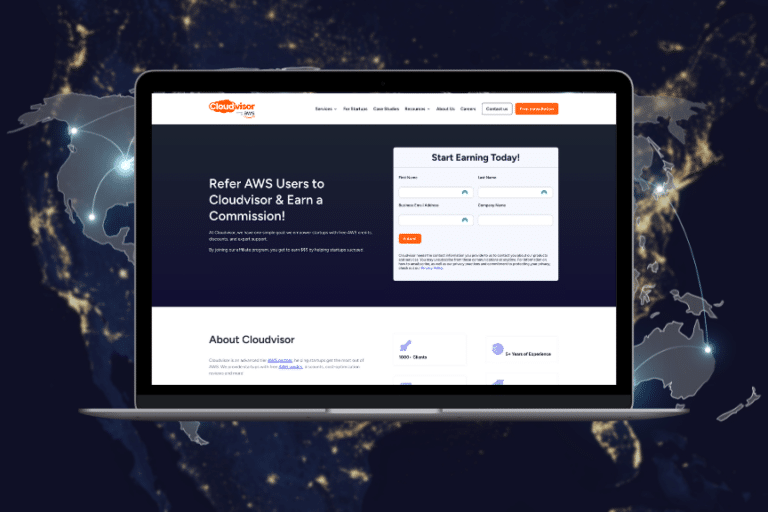Migrating to Amazon Web Services (AWS) offers organizations the potential to scale efficiency, scalability, and flexibility. However, the process isn’t without its challenges. From selecting the right service mix to ensuring data security during transfer, there are numerous hurdles that businesses must navigate. This article explores the common challenges faced during AWS migration and provides strategic insights on how to effectively overcome them.
Table of Contents
Planning and Assessment Phase Challenges
The initial step in migrating to AWS involves thorough planning and assessment, yet many businesses struggle with where to begin.
- Lack of Clear Objectives: Establishing clear business objectives is crucial for a successful migration. Businesses need to define what they aim to achieve with AWS, whether it’s cost savings, improved performance, or enhanced scalability.
- Solution: Set specific, measurable goals. Conduct workshops and training sessions to align all stakeholders on the expected outcomes of migrating to AWS.
- Inadequate Current State Analysis: Understanding your current infrastructure is vital to planning an effective migration. A common oversight is not having a detailed inventory of current assets and their dependencies.
- Solution: Perform a comprehensive assessment of your existing environment. Tools like AWS Migration Hub can provide visibility into your applications and their dependencies, helping guide your migration strategy.
Technical Complexity and Integration
Migrating existing applications and infrastructure to AWS often involves complex technical challenges related to integration and re-platforming.
- Compatibility Issues: Applications built for on-premise environments may not be directly compatible with cloud infrastructure, potentially requiring significant modifications or complete re-architecting.
- Solution: Leverage AWS’s Well-Architected Framework to evaluate your architecture against best practices. Consider refactoring or re-architecting applications that are not cloud-optimized.
- Integration Complexity: Ensuring that cloud-based applications seamlessly integrate with existing on-premise systems can be challenging.
- Solution: Use AWS Direct Connect to establish a dedicated network connection from your premises to AWS, which can help reduce network costs, increase bandwidth throughput, and provide a more consistent network experience.
Security and Compliance Concerns
Security is a top priority for any cloud migration, but the shift can expose new vulnerabilities.
- Data Security: Migrating sensitive data to the cloud raises concerns about unauthorized access and data breaches.
- Solution: Utilize AWS security tools such as AWS Identity and Access Management (IAM) to control access to resources. Implement encryption both in transit and at rest using AWS Key Management Service (KMS).
- Compliance Issues: Meeting compliance requirements is essential for businesses in regulated industries.
- Solution: Familiarize yourself with the compliance programs that AWS participates in, such as GDPR, HIPAA, and SOC. Use AWS Artifact, a service that provides on-demand access to AWS compliance documentation.
Managing Costs
Cost management is another critical aspect often underestimated in cloud migrations.
- Unexpected Costs: Without proper planning, cloud migrations can lead to unexpected costs due to unoptimized resource usage.
- Solution: Implement AWS Budgets to set custom cost and usage budgets that alert you when you exceed your thresholds. Regularly review and optimize your spending using the AWS Cost Explorer.
For businesses looking to further refine their cost management strategies, partnering with a specialized consultancy like Cloudvisor can be highly beneficial. Cloudvisor provides expert insights into cost optimization and can help tailor cloud solutions that align with both your budget and business objectives. Our expertise in cloud financial management ensures that you maximize your AWS investment without compromising on performance or scalability.
Skills and Experience Gap
The lack of in-house expertise on AWS can significantly slow down the migration process.
- Skills Shortage: Migrating to and managing AWS requires specific skills that may not be present in the current team.
- Solution: Invest in training and certification programs for your team. AWS Training and Certification provides courses and materials to help teams develop the necessary cloud skills. However, training can be time-consuming and costly, and it might take a while before the team becomes fully proficient.
- Efficient Solution with Cloudvisor: For organizations looking to bypass these challenges and accelerate their AWS migration, partnering with Cloudvisor offers an immediate and effective solution. With Cloudvisor, there is no need for extensive in-house training, as you gain instant access to a team of experts who are proficient in AWS technologies. Cloudvisor not only facilitates a smoother and faster migration but also manages your AWS infrastructure, ensuring that it is optimized, secure, and cost-effective. This allows your business to enjoy the full benefits of AWS without the initial learning curve and staffing challenges.
Conclusion
While migrating to AWS can present various challenges, proper planning, and the right strategies can effectively address these issues, paving the way for a smooth and successful transition to the cloud. By understanding and preparing for these common hurdles, organizations can leverage the full power of AWS to transform their operations and achieve significant business benefits.






